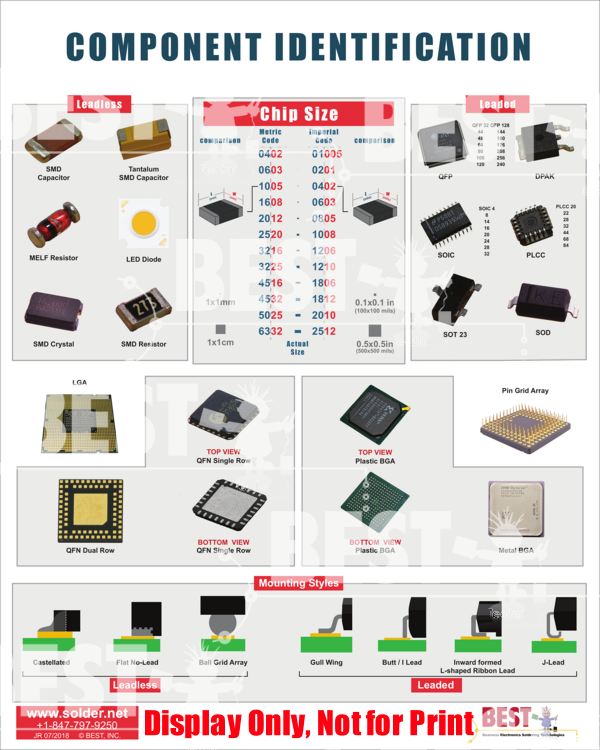

These holes are placed over the areas of the board where the material is to be applied. Screen printing is based on the fact that the material is applied through holes in the stencil, called apertures. The low viscosity of many fluxes prevents them from being applied in this way. This method is suitable for both adhesives and pastes. This places higher demands on the quality of adhesives and fluxes.

The fact is that the glue quickly absorbs atmospheric moisture, and fluxes, on the contrary, quickly lose their main carrier (water or alcohol) and other components as a result of evaporation.Īll this leads to the loss of the initial properties of the material and has a great influence on the volume of material collected on the rod, or the volume of the drop remaining on the board. Because of this, only solder balls get wet, as a result they play the role of rods for transferring flux droplets to the board.Ī serious problem with the rod method is the use of open containers filled with material prepared for application. The crystal is immersed in a container with a thin film of flux.

The same method is used when applying the flux to the solder balls of DCA/FC packages. The use of a matrix of rods will make it possible to apply glue to an already installed board. It is required to avoid touching the rod with the board, because this will change the shape of the drop. Next, the rod is lowered onto the board at the desired point, and due to surface tension, a small drop of glue remains on the board. The length and thickness of the rod directly affect the volume of material collected from the container. In the process, the rod is lowered into a container with glue. Although the rod can only be applied at a single point in 1 application, you can use the rod matrix to do this at several points at the same time. This is the easiest way, suitable for both glue and flux. Each of these 5 methods has both pros and cons. The first 2 methods (using rods and screen printing) are designed to simultaneously apply material to several areas at a time. The use of these types of pumps, using a dosing mechanism, makes it possible to point the application of materials to the board. You can apply glue, fluxes, and solder paste to a printed circuit board in any of the following 5 Surface mount pcb ways:


 0 kommentar(er)
0 kommentar(er)
